
AllQuestion and Answers: Page 493
Question Number 170202 Answers: 0 Comments: 10
Question Number 170199 Answers: 1 Comments: 0
Question Number 170198 Answers: 1 Comments: 0
Question Number 170197 Answers: 1 Comments: 0

Question Number 170196 Answers: 0 Comments: 0
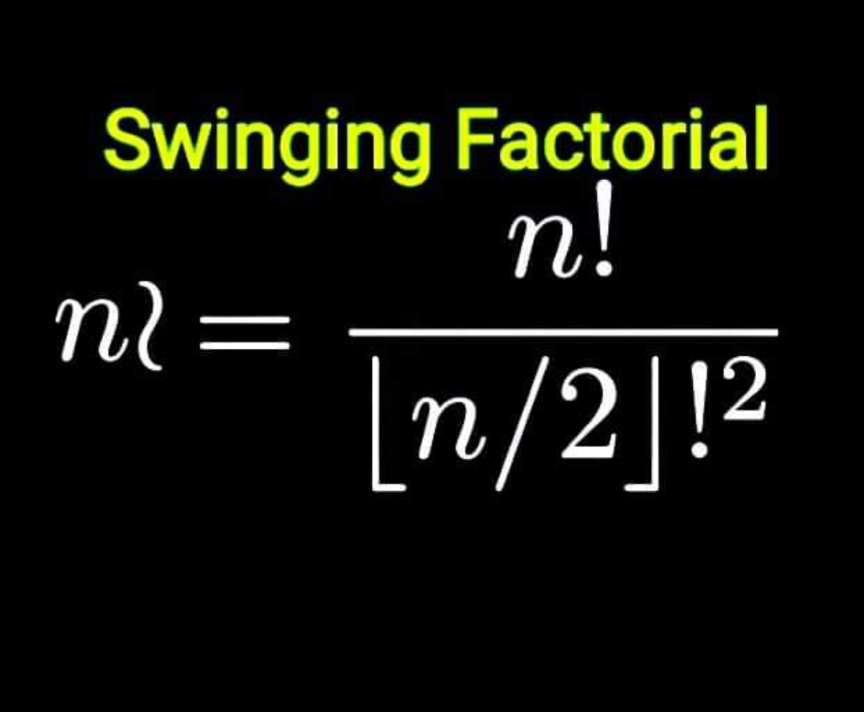
Question Number 170311 Answers: 1 Comments: 0
Question Number 170189 Answers: 0 Comments: 2
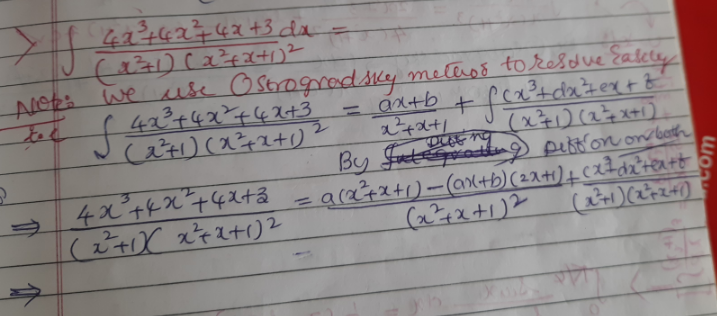
Question Number 170185 Answers: 0 Comments: 1

Question Number 170184 Answers: 0 Comments: 0

Question Number 170183 Answers: 0 Comments: 0

Question Number 170182 Answers: 1 Comments: 1
Question Number 170181 Answers: 1 Comments: 0

Question Number 170166 Answers: 1 Comments: 1
Question Number 170187 Answers: 1 Comments: 3

Question Number 170159 Answers: 1 Comments: 0
Question Number 170155 Answers: 1 Comments: 0
Question Number 170154 Answers: 0 Comments: 0
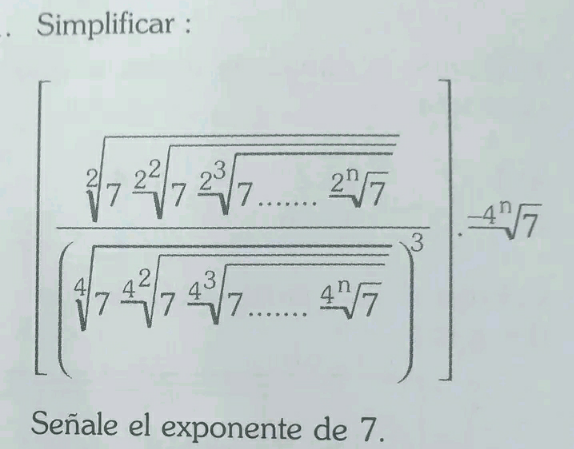
Question Number 170150 Answers: 1 Comments: 0

Question Number 170148 Answers: 1 Comments: 0
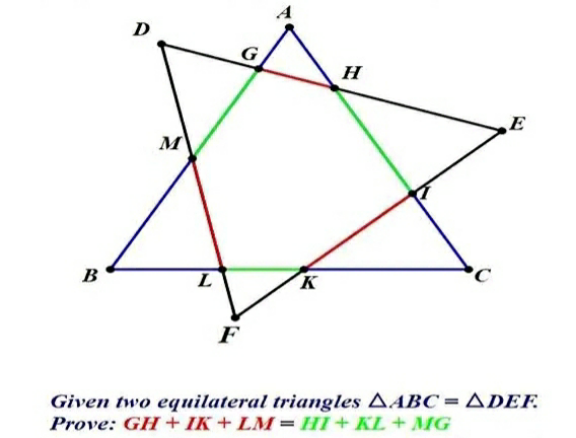
Question Number 170255 Answers: 1 Comments: 0
$$\frac{{d}}{{dx}}\left[\int_{\mathrm{2}} ^{{x}} {e}^{{t}^{\mathrm{2}} } {dt}=?\right. \\ $$
Question Number 170143 Answers: 0 Comments: 3

Question Number 170142 Answers: 0 Comments: 2
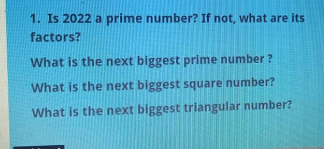
Question Number 170141 Answers: 1 Comments: 3
Question Number 170140 Answers: 0 Comments: 0
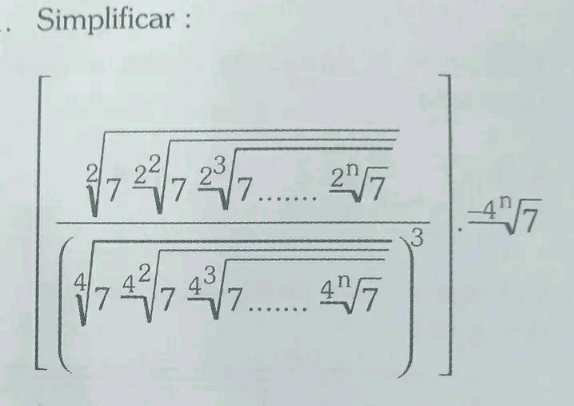
Question Number 170131 Answers: 1 Comments: 0
$$\mathrm{4}^{\mid{x}\mid} ={x}^{\mathrm{4}} \\ $$$${x}=? \\ $$
Question Number 170130 Answers: 0 Comments: 3
Pg 488 Pg 489 Pg 490 Pg 491 Pg 492 Pg 493 Pg 494 Pg 495 Pg 496 Pg 497
